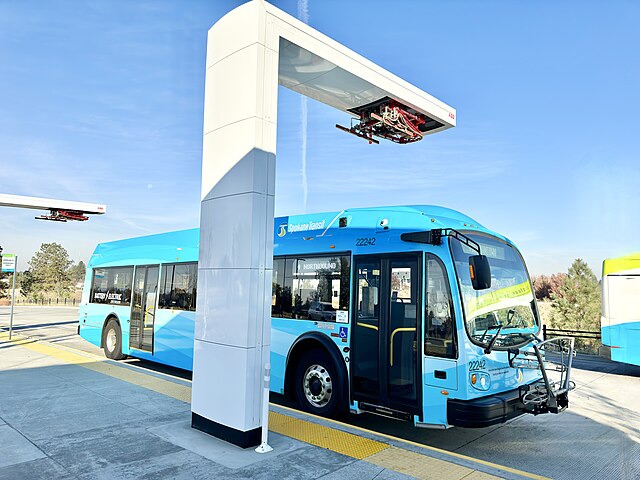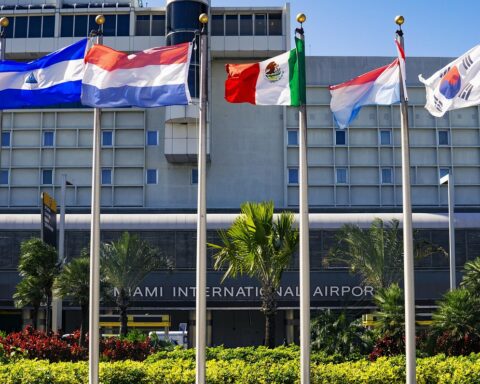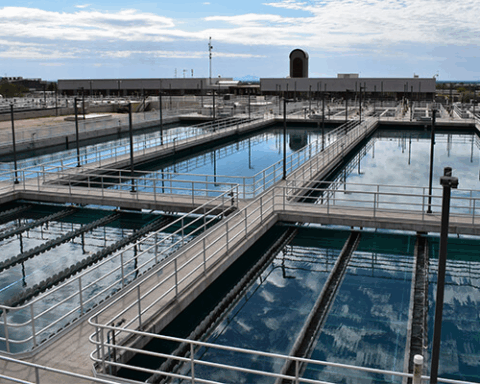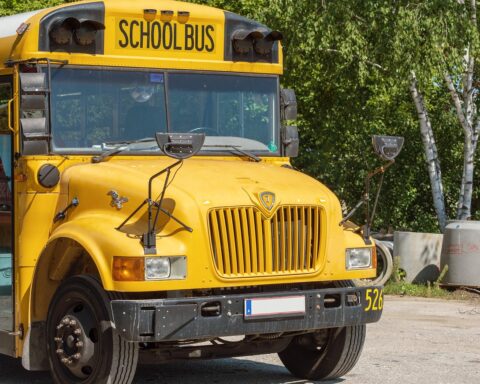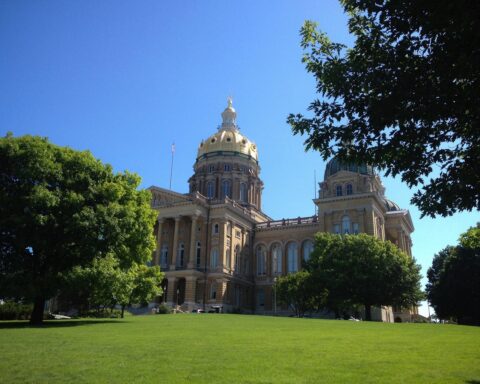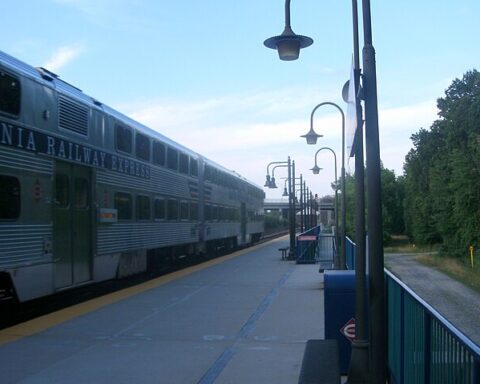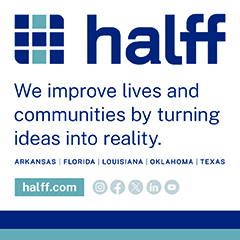Amid growing uncertainty over federal support for clean transportation alternatives, a coalition of seven states is looking to take the wheel and drive the push for low-carbon mobility options. Made up of government and advocacy organizations, the Clean RIDES (Responsible Investments to Decrease Emissions in States) Network has unveiled a roadmap for how state departments of transportation can save consumers money and reduce emissions—even as Washington changes course on climate initiatives.
The Clean RIDES Network is a newly formed alliance of more than 100 organizations spanning climate, transit, labor, business, housing and public health sectors, released a comprehensive report this month detailing potential benefits from state-led transportation reforms. The report, “Reducing Costs, Commuting and Climate Pollution: State Solutions for Better Transportation,” analyzes how different policy approaches could affect pollution, consumer costs and commute times through 2050 in California, Illinois, Maryland, Michigan, Minnesota, New York and Pennsylvania.
As the White House moves to reshape federal agencies and budgets, uncertainty looms over the future of transportation funding, particularly for electric vehicles and public transit. The report outlines how strategic state investments could save the average American household nearly $1,700 annually while cutting 28 hours per person from yearly commute times.
“Governors and other state leaders have an opportunity to step up and direct transportation spending where it’s needed most—connecting communities, lowering costs for consumers and cutting climate pollution,” Justin Balik, vice president of states at Evergreen Collaborative, said in a March press release.
The Clean RIDES Network recommends three key policy areas where states can act independently: revamping transportation planning and project selection processes, redirecting funding from highway expansion to multi-modal options and reforming land use policies. The report highlights that these policies are the best-case scenario for meeting climate commitments by bringing transportation emissions down.
The coalition’s analysis shows their proposed policies could offset more than 2.25 gigatons of climate pollution by 2050, equivalent to the annual emissions of 596 coal-fired power plants. The report also projects significant public health benefits, with over 22,700 lives saved from improved air quality and 84,000 fewer crash fatalities over the study period.
Several states outside the coalition are already implementing innovative approaches. Colorado requires environmental offset projects whenever the state transportation department pursues highway expansions, while Virginia employs a scoring system for transportation projects based on factors including safety, congestion relief and environmental impacts. Maryland recently passed a law modeled after Colorado’s environmental offset program.
Federal transportation funding accounts for only a portion of total revenue for state and local transportation agencies. Furthermore, the bulk of federal funding comes through formula grants that provide significant flexibility to state and local governments in determining how those dollars are spent.
The report also emphasizes the broad public support for clean mobility options. In November 2024, voters passed 19 of 25 ballot measures to fund public transit projects—often agreeing to tax themselves to build transit infrastructure, increase service frequency and purchase trains and buses.
The Clean RIDES Network is initially focusing on the seven states included in the analysis but plans to expand to additional states over the next five years and establish a blueprint for widespread adoption nationwide.
Photo Courtesy
JTRamsey via Wikimedia Commons
Creative Commons Attribution-Share Alike 4.0



